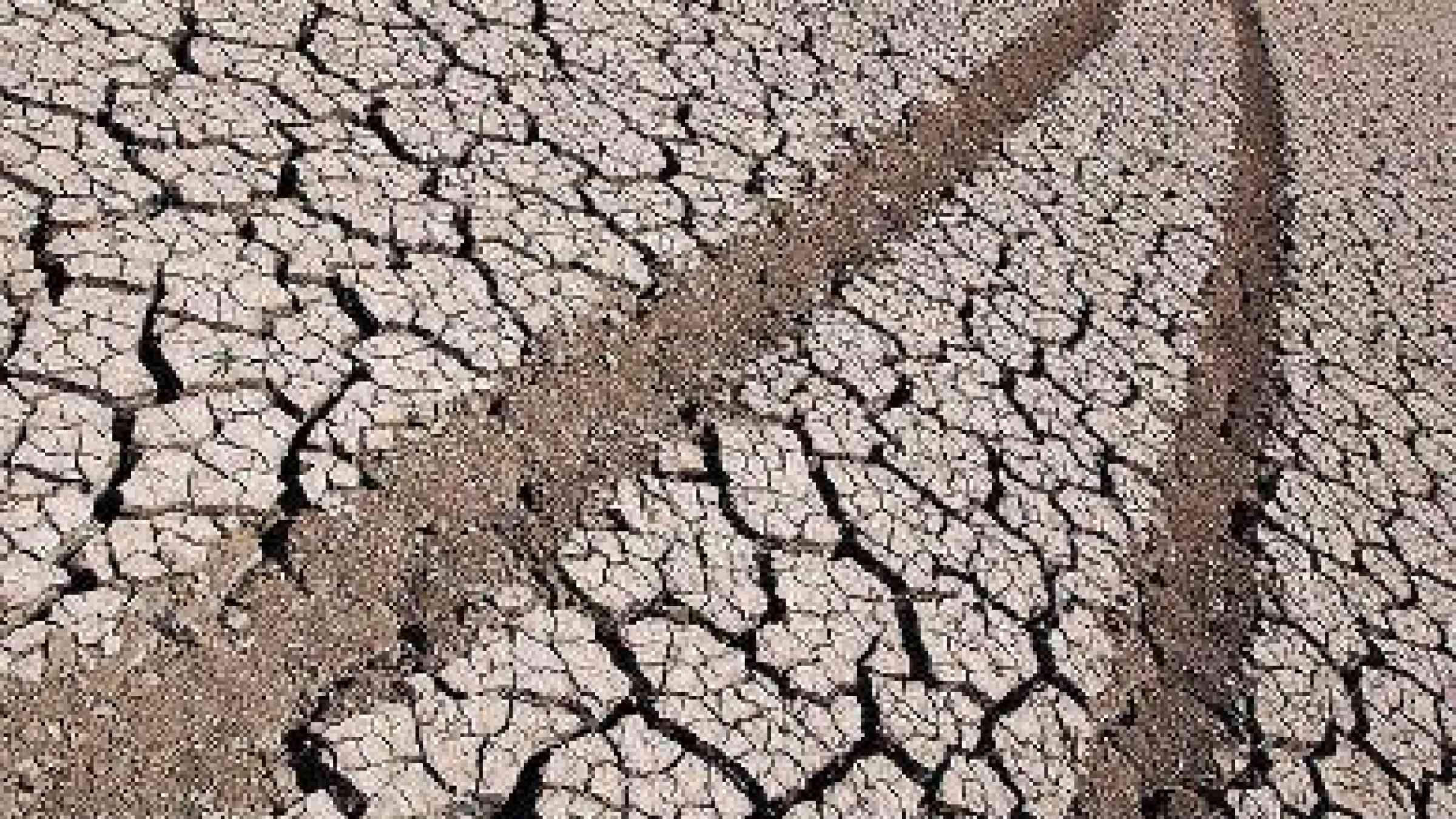'New climate normal' poses severe risks to development in Latin America and the Caribbean

Washington – As the planet warms further, heat-waves and other weather extremes that today occur once in hundreds of years, if ever, would become the “new climate normal,” creating a world of increased risks and instability. The consequences for development in Latin America and the Caribbean would be severe as crop yields decline, water resources shift, sea-levels rise, and the livelihoods of millions of people are put at risk, according to the World Bank Group report Turn Down the Heat III: Confronting the New Climate Normal. The Latin American and the Caribbean Chapter of the global report was launched today in Washington, coinciding with the 20th Conference of the Parties (COP) of the United Nations Framework Convention on Climate Change (UNFCCC), in Lima, Peru.
The regional report is an analysis of the impacts of present day (0.8°C), and likely future 2°C and 4°C warming above pre-industrial levels on agricultural production, water resources, ecosystem services, and coastal vulnerability across Latin-America and the Caribbean. It builds on a 2012 Bank global report, which concluded the world would warm by 4 degrees Celsius[1] above pre-industrial levels by the end of this century if we did not take concerted action immediately.
Climate change impacts such as extreme heat events may now be unavoidable because the Earth’s atmospheric system is locked into warming close to 1.5°C above pre-industrial levels by mid-century, the report says. Even very ambitious mitigation action taken today will not change this.
“The report confirms what scientists have been saying – past emissions have set an unavoidable course to warming over the next two decades, which will affect the world’s poorest and most vulnerable people the most,” said Jim Yong Kim, President of the World Bank Group. “We’re already seeing record-breaking temperatures occurring more frequently, rainfall increasing in intensity in some places, and drought-prone regions becoming drier.”
“These changes make it more difficult to reduce poverty and put in jeopardy the livelihoods of millions of people,” Kim said. “They also have serious consequences for development budgets, and for institutions like the World Bank Group, where our investments, support and advice must now also build resilience and help affected populations adapt.”
In Latin America and the Caribbean, heat extremes and changing precipitation patterns will have adverse effects on agricultural productivity, hydrological regimes and biodiversity. In Brazil, without additional adaptation, crop yields could decrease by up to 70 percent for soybean and up to 50 percent for wheat at 2°C warming by 2050. Ocean acidification, sea level rise, tropical cyclones and temperature changes will impact coastal livelihoods, tourism, health, food and water security, particularly in the Caribbean. Melting glaciers would be a hazard for Andean cities. The economic effects, not to mention the human suffering, could be severe. By 2050, under a 4-degree scenario, coastal flooding could cause losses of about $22 billion in storm and infrastructure damages and tourism losses in the region.
“This report makes it clear in a scientifically rigorous way why tackling climate change is so important for Latin America and the Caribbean,” said Jorge Familiar, Vice President of the World Bank for Latin America and the Caribbean, speaking at the launch in the Woodrow Wilson Center in Washington. “It helps us understand the challenges to the region and its development. Being aware of these challenges is a necessary first step to prepare and implement policy responses to avoid the most severe impacts from a changing climate.”
The report, prepared for the World Bank Group by the Potsdam Institute for Climate Impact Research and Climate Analytics, reveals how rising global temperatures are increasingly threatening the health and livelihoods of the most vulnerable populations, crucially magnifying problems the region is struggling with today.
Even below 2°C warming, most countries in LAC will need to implement significant adaptation interventions to achieve the goals of eradicating extreme poverty and boosting shared prosperity.
“However, governments in the region are at the forefront when it comes to investing in adaptation to climate change and also setting policies that try to mitigate it, such as encouraging renewable energy use, which helps to reduce carbon emissions and to keep the world from reaching the 2-degree warmer threshold,” said Jorge Familiar. “Innovations such as climate-smart agriculture help Latin America and the Caribbean to manage the climate risks and ensure food security, advancing the region’s potential as a global ‘bread-basket’.”
